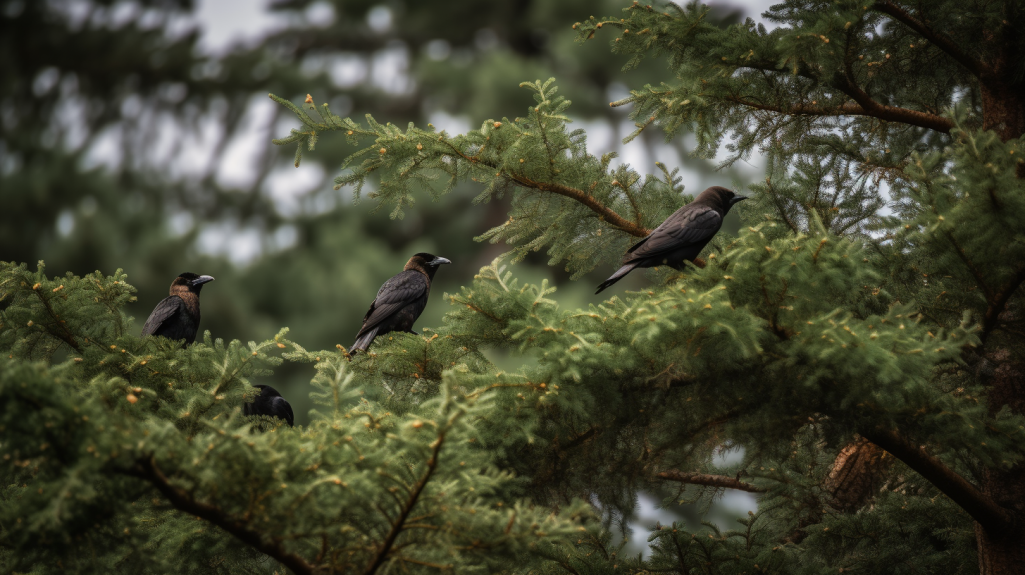The wilderness, with its enchanting allure and mysterious aura, has always captivated the human spirit. It is a realm where nature’s symphony plays out in the rustle of leaves, the call of birds, and the whispers of animals. For centuries, explorers, naturalists, and everyday wanderers have sought to unravel the language of animals, attempting to decode the secrets hidden within their calls, gestures, and behaviors. In this journey of discovery, we find ourselves delving into the heart of the wilderness, where the language of animals speaks volumes, if only we learn how to listen.
The Universal Language of Nature
In the vast tapestry of the natural world, communication is not confined to human words. Instead, it is a melange of scents, postures, vocalizations, and subtle cues that weave the intricate web of life. Animals, devoid of human language, have evolved remarkable ways to express themselves. The art of deciphering these expressions leads us to a deeper understanding of their lives and the ecosystems they inhabit.
The Song of Birds: Nature’s Melodious Messengers
Birdsong, one of nature’s most beautiful and complex languages, has fascinated ornithologists and casual observers alike. Every chirp, warble, and trill carries a unique message – a declaration of territory, a call for a mate, a warning of danger. The enchanting melodies of songbirds, echoing through the wilderness, are not mere sounds but intricate conversations, filled with nuances that convey a wealth of information.
Scientists and bird enthusiasts have spent years studying these avian dialects, unraveling the subtle differences in pitch, rhythm, and volume that distinguish one species from another. The dawn chorus, that magical moment when the world awakens to a symphony of bird calls, serves as a testament to the intricate communication network thriving within the wilderness.
Mammalian Mysteries: The Language of Gestures
Mammals, from majestic elephants to elusive big cats, rely heavily on non-verbal communication. Their language is written in the nuances of body language – a flick of the tail, a tilt of the head, or a certain posture can convey emotions, intentions, and warnings. Observing these gestures with patience and keen eyes can reveal a world of insights into the social dynamics and behaviors of animals.
Take, for instance, the elephants, known for their remarkable memory and emotional depth. They communicate through subtle trunk movements, ear flaps, and even infrasound – low-frequency sounds that travel through the ground. These gentle giants use their extensive vocabulary to bond with family members, warn of danger, and express emotions, highlighting the sophistication of their communication methods.
Underwater Whispers: The Language of Marine Life
Beneath the surface of the oceans, a world of whispers unfolds. Marine creatures, from dolphins and whales to small fish and crustaceans, have developed an array of communication methods to navigate the vastness of the ocean. Dolphins, renowned for their intelligence, communicate through clicks, whistles, and body movements, creating a complex language that enables them to coordinate hunting strategies and express emotions.
Whales, the largest creatures on Earth, are known for their haunting songs that reverberate across the oceans. These melodic compositions are not mere musical displays but intricate forms of communication, allowing whales to convey messages over vast distances. Scientists are still unraveling the depths of these songs, seeking to understand their purpose and the stories they tell.
The Silent Language: The Art of Camouflage and Mimicry
In the wilderness, survival often hinges on the ability to blend seamlessly into the surroundings or mimic other creatures. This silent language of camouflage and mimicry is not just about hiding from predators but also about luring prey and avoiding conflicts. Many animals, from chameleons and stick insects to octopuses and cuttlefish, have mastered the art of deception, using their appearance and behavior to communicate safety or danger.
Chameleons, for example, change colors to communicate their mood, establish territory, or attract a mate. Their skin, adorned with pigments and crystals, transforms into a vibrant palette of hues, creating a visual language that is both beautiful and functional. Similarly, the octopus, a master of disguise, uses its remarkable ability to change color, texture, and even shape to convey its intentions, whether it’s hunting, hiding, or courting.
The Human Connection: Learning from the Wilderness
As we venture deeper into the heart of the wilderness, immersing ourselves in the symphony of nature, we realize that the language of animals is not merely a biological phenomenon but a profound expression of life itself. It teaches us the importance of keen observation, patience, and empathy. By understanding the language of animals, we gain insights into the delicate balance of ecosystems, the complexities of inter-species relationships, and the impact of human activities on the natural world.
In a rapidly changing world, where wilderness areas are shrinking and habitats are vanishing, it becomes crucial for us to protect and preserve these sanctuaries of biodiversity. The more we understand the language of animals, the better equipped we are to safeguard their habitats and ensure the survival of countless species.
So, the next time you find yourself in the wilderness, take a moment to listen. Listen to the whispers of the wind, the rustle of leaves, and the calls of animals. In these subtle sounds, you will discover a world of communication, a language that transcends words and connects us to the essence of life. Embrace the whispers of the wilderness, for within them lies the key to a harmonious coexistence with the natural world, a world where every creature has a voice, and every voice is heard.

